Introduction
Shinagawa-meshi is that memorable dish that will take tourists and locals on a culinary trip, leaving them with an unforgettable taste and a better grasp of Japanese traditions and culture. Even if it’s bought from a Japanese establishment or a pre-made version from the nearest konbini (Japanese convenience stores), you’ll definitely fall in love with this traditional food.
What Does Shinagawa-meshi Stand For?
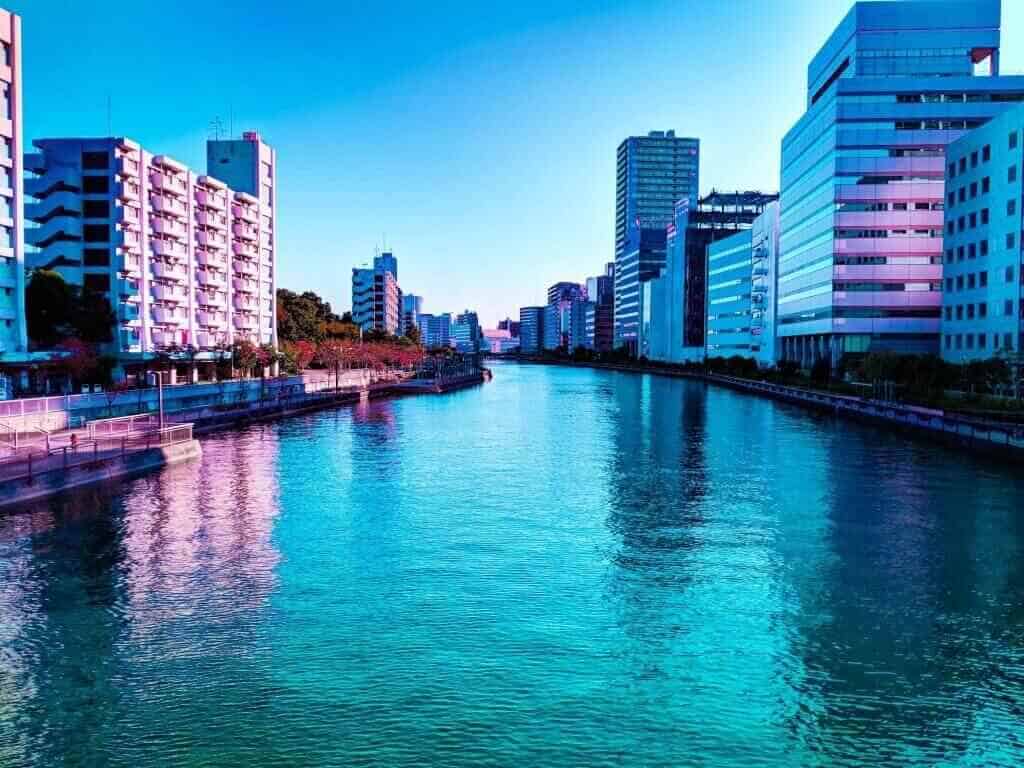
Shinagawa (品川) is a special ward in Tokyo, located in Tokyo Bay where you can enjoy this heavenly dish. The term “meshi” (めし) stands for seasoned rice or a bowl-rice dish. In other words, Shinagawa-meshi is a unique delicious rice food tourists can try when they are in Tokyo.
What Exactly Is In a Shinagawa-meshi?

Although the definition of this dish is uncertain, there is no coincidence that this Japanese food is a Shinagawa specialty. The base of this tasty meal is nice, steamy rice that will fill you up and give you energy for the entire day. But Shinagawa is a city located in the Tokyo Bay area, so it has access to fresh seafood. That’s why the traditional topping choice is Shako (蝦蛄, シャコ) which is the mantis shrimp.
However, the best part is that everyone has their own way of making this dish. For example, Ura Riyo mentions in his book “Local Cuisine” that there are 2 methods to serve Shinagawa-meshi. On the one hand, shako can be served slightly raw and added when the rice starts to boil during cooking. On the other hand, people like to boil Shako in soy sauce and sugar before putting it on the rice, and topped with an egg. Today, shako is frequently replaced with regular shrimps, eel, octopus, or any other seafood.
The History of Shinagawa-meshi – A Fisherman’s Meal
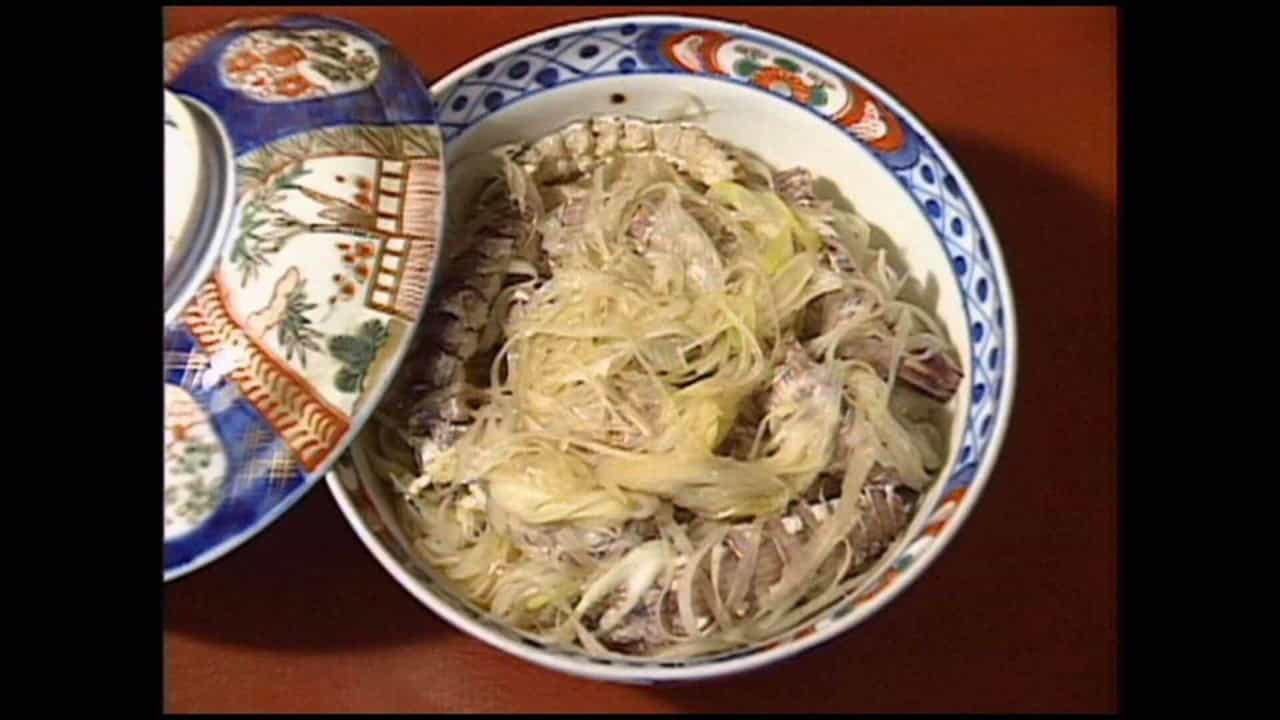
Today, shako has become a rare ingredient because it was widely consumed, but it wasn’t always like this. Ogihusyu Motoyama says in his book “Encyclopedia of Food and Drink” that in the Edo Period (1603 – 1868) Tokyo Bay was full of shako and clams. Researchers argue that Shinagawa-meshi refers strictly to the rice dish topped with shrimp mantis. At the same time, there was another meal closely related to this one which is called Fukagawa-meshi and it consists of rice served with clams.
Even if some people still wonder about the origins of this Japanese dish, one thing is clear: this is the perfect way to find out how the Edo Period tasted like. Shako was served almost everywhere as a side dish, among the commoners, and in the suburbs of Shinagawa. The taste of this dish was highly appreciated because it was both delicious, cheap, and easy to find.
When shako became hard to find, people started to use eel instead of mantis shrimp but they continued to call it Shinagawa-meshi. But no matter what seafood topping you choose, the flavor of this unique traditional dish will definitely give you a glimpse into how a lively fishing village used to look like.
What’s the Difference between Shinagawa-meshi and Shinagawa-don?
Some restaurants tried to reintroduce this dish on the menu under the name of Shinagawa-don. However, even though Shinagawa-meshi and Shinagawa-don sound almost the same, they are totally different.
The best example is the rice bowl that you can find on the Yamanote Line at Shinagawa Station. Tokiwaken, the establishment that serves this dish, will offer you a bowl of rice topped with sakura shrimp dipped in tempura sauce and served with soup.
How Can You Make Your Homemade Shinagawa-meshi?
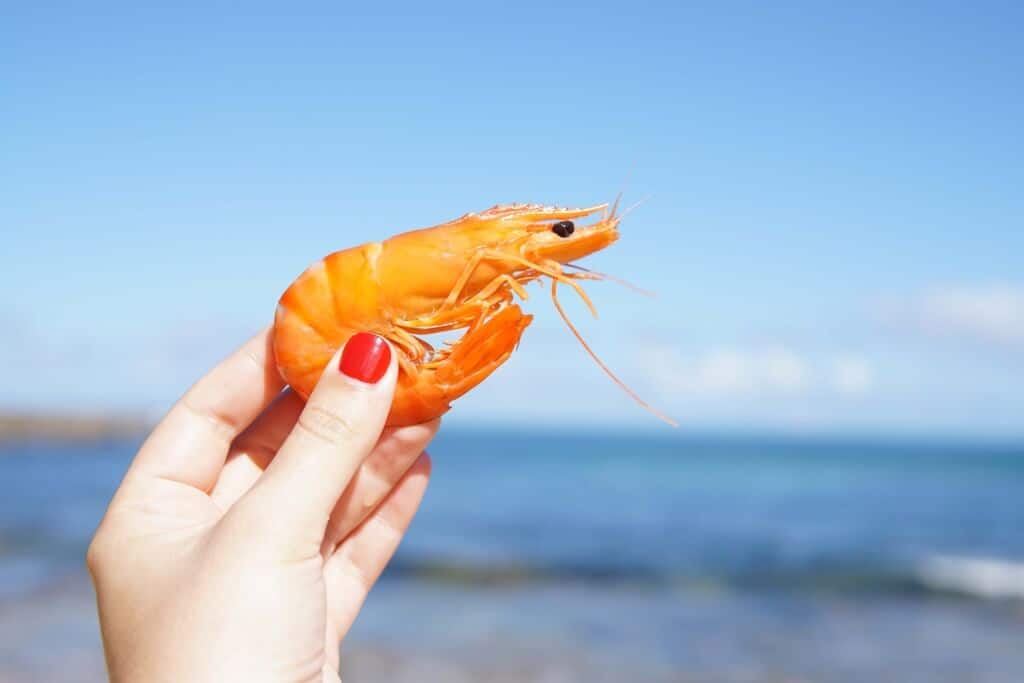
The beauty of this dish is that there is no such thing as the perfect recipe. Since shako is very hard to find nowadays, you can use shrimp, octopus, or eel and still make a tasty meal. You can cook it with rice, and add sugar and soy sauce to the mix to give your seafood more flavor. Some people like to sprinkle nori or tempura over it.
Trying to make your own Shinagawa-meshi will definitely feel like a journey in time when fishermen used to cook this in their homes.
What Are the Benefits of Eating Shinagawa-meshi?
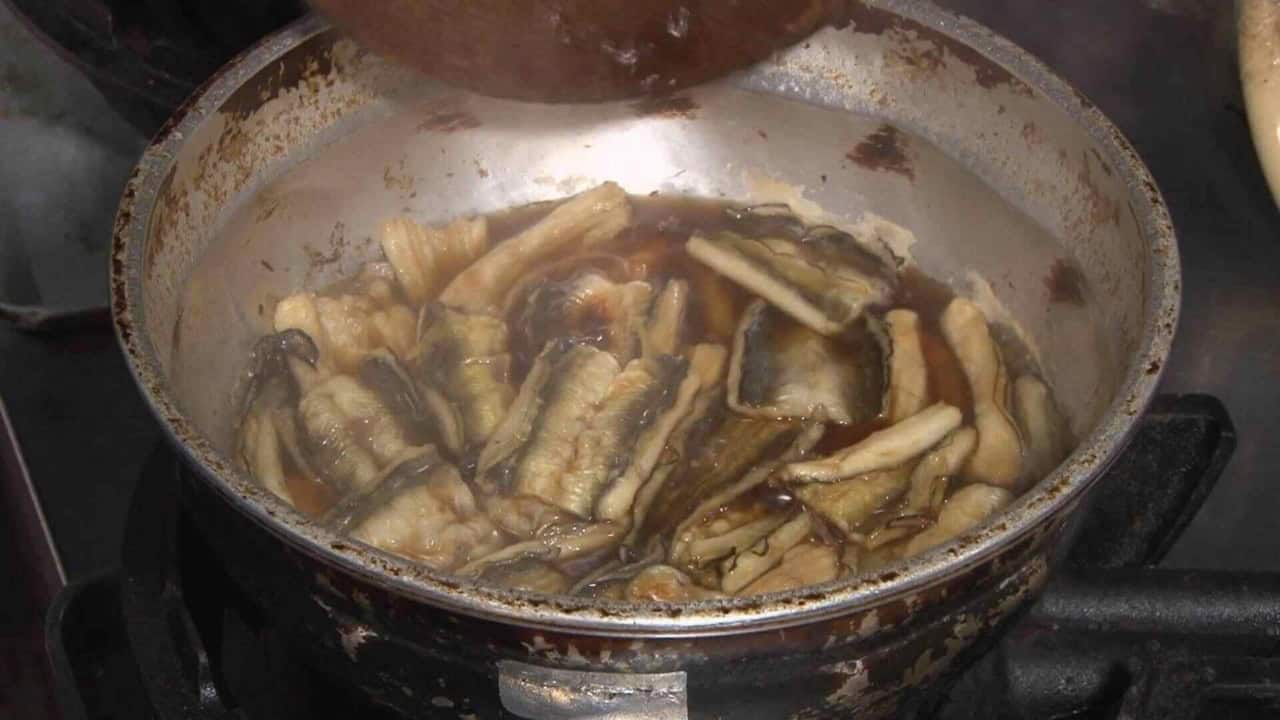
Like all the other Japanese traditional foods, Shinagawa-meshi is a healthy, delicious, and nutritious meal. The rice contains lots of fiber that helps you lower cholesterol. Seafood on the other hand is a source of high-quality protein, minerals, and vitamins. If consumed regularly, seafood can lower your risk of heart attacks, protect your vision, and improve sleep quality.
What Restaurants Serve the Best Shinagawa-meshi?
Shinagawa Ward Office Cafeteria

Locals say that Shinagawa Ward Office has always served Shinagawa-meshi. But starting with 2016, the company that was running the cafeteria has changed and their menu was renewed.
That’s why this place doesn’t serve Shinagawa-meshi with rice, but they chose to revive the recipe with an omelette-like dish, and it’s called the “new” Shinagawa-meshi. They use light brown eel for this meal, and they add vegetables, lotus root, aonori, and everything is topped with sweet and spicy sauce. Overall, this meal costs ¥ 500 and it’s an interesting and tasty combination that will definitely leave you full and satisfied.
Shinagawa Station’s Tokiwaken
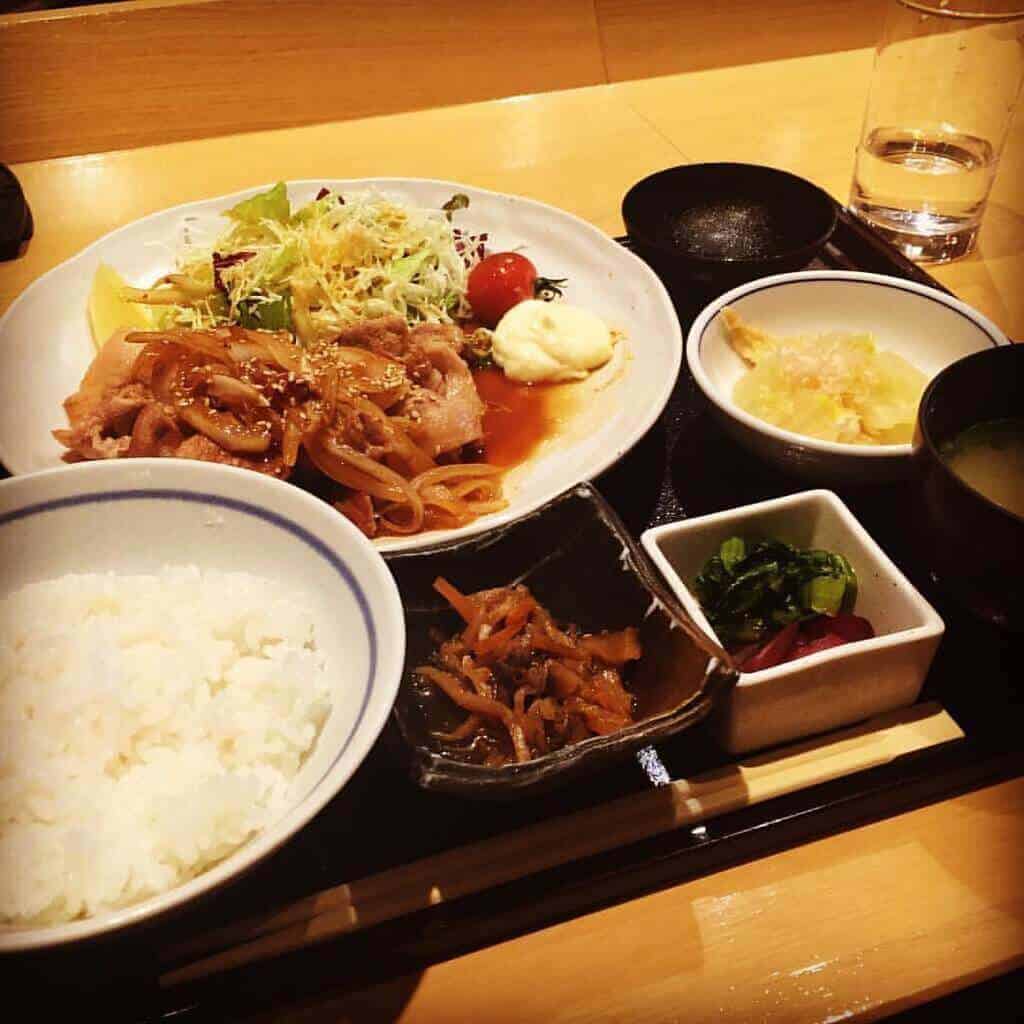
Shinagawa Station is considered to be one of Tokyo’s busiest stations, with more than 370,000 passengers a day. Besides souvenir shops and fashion stores, you can also find a hidden B-grade restaurant called Tokiwaken.
Tokiwaken was founded in 1992 and their menu includes lots of delicious Japanese food like curry, soba, and udon.
Although this place serves Shinagawa-don instead of Shinagawa-meshi, it’s worth giving it a try. For just ¥470, they offer you a bowl of rice topped with kakiage (fried shrimp and squid), served with diluted soba (buckwheat) soup and pickled cucumbers.
And the best part is that after you finish your meal, you can stroll around Shinagawa and enjoy the scenery.
Izakaya Torishou Restaurant
Although they’re serving only 30 portions of Shinagawa-meshi, it’s still worth a try! They offer this traditional meal only on the second Sunday of every month.
Conclusion
One thing is for sure: today, Shinagawa-meshi isn’t a fancy meal for the rich people anymore. However, rumors say that some restaurants and pubs might try to revive this dish as a local signature. And since the shako is really hard to find, the price might go up a bit in the process. However, there are a few places that sell Shinagawa-meshi variations (eel, shrimp, or octopus) for decent prices.
But Shinagawa isn’t famous just for its delicious traditional food. This is where the past and the present mix well together, offering you an unforgettable experience. Shinagawa is one of Tokyo’s most famous terminal train stations and very close to Haneda Airport, so visiting this ward is really simple. Known for its temples, beautiful modern landscapes, and Edo period glass faceting, Shinagawa will be a place that stays with you forever!



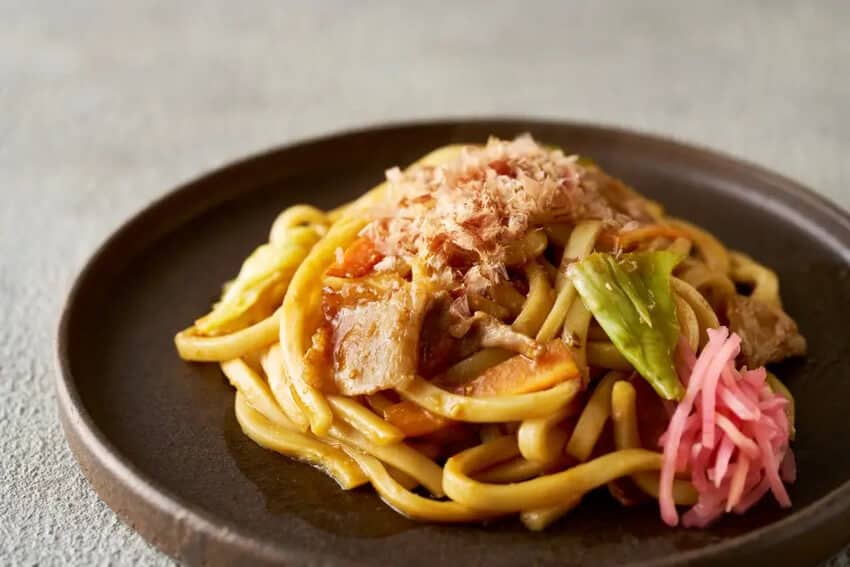
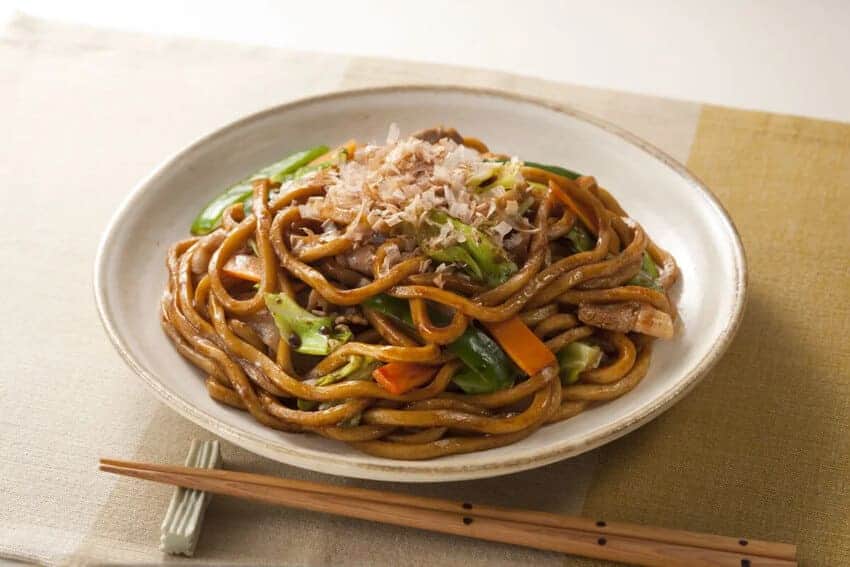

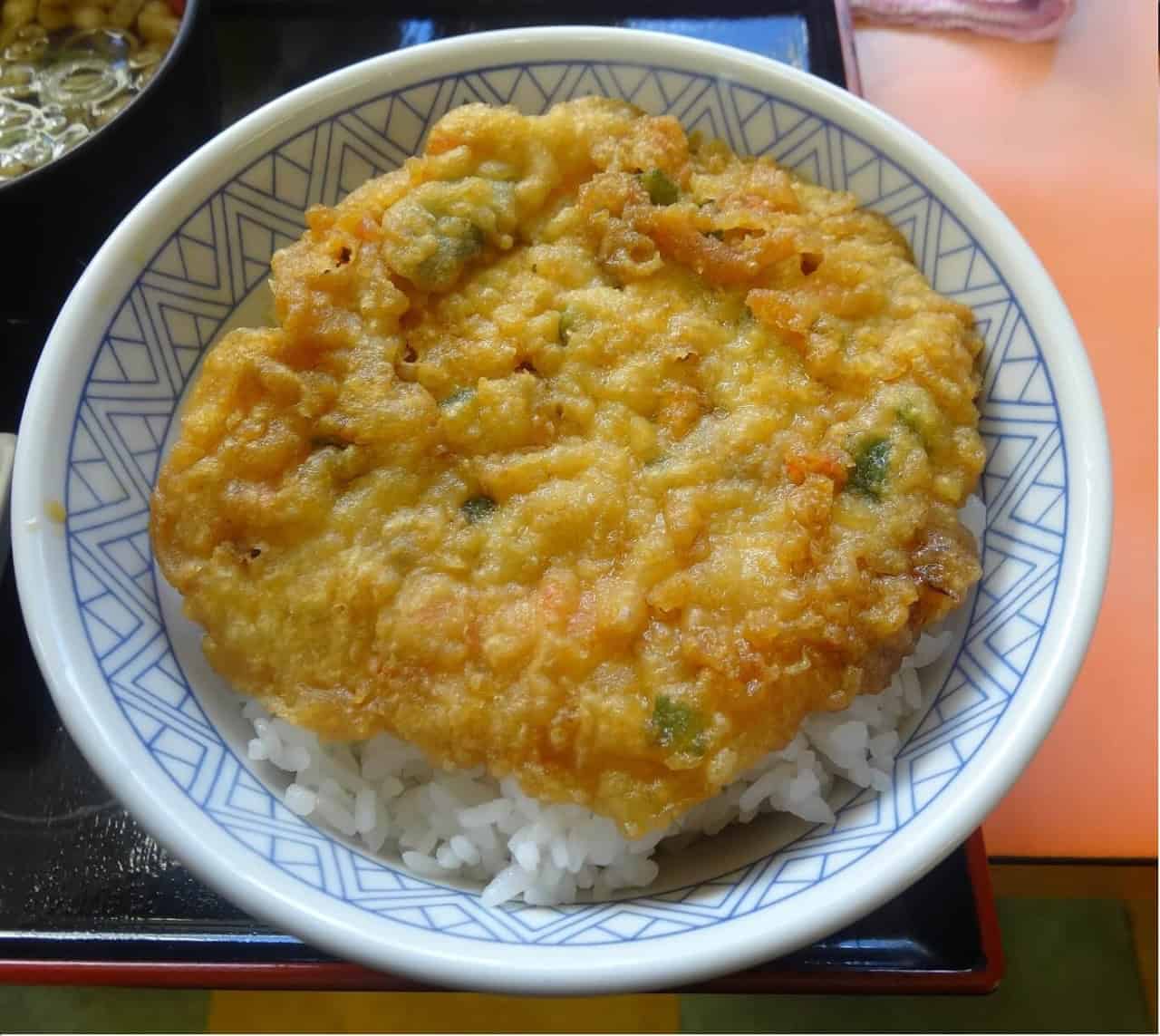
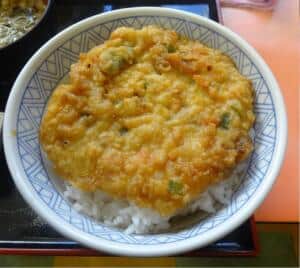
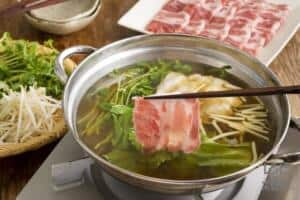
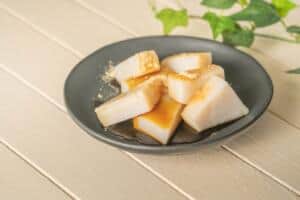
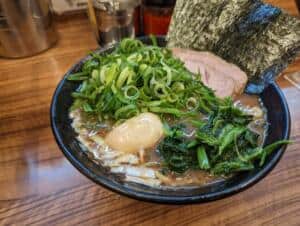
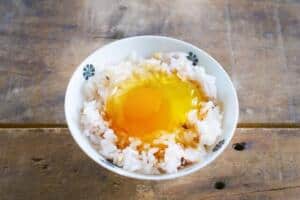
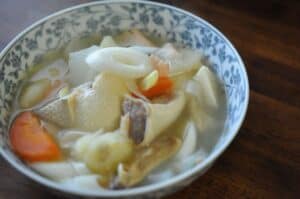
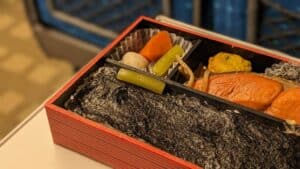
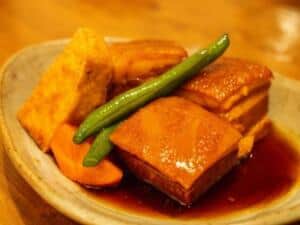
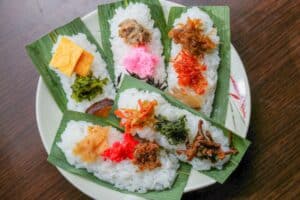
Comments